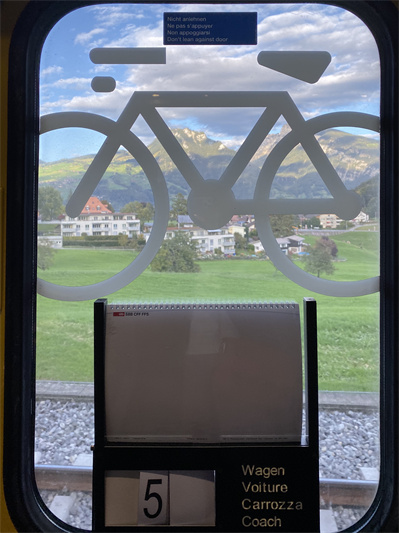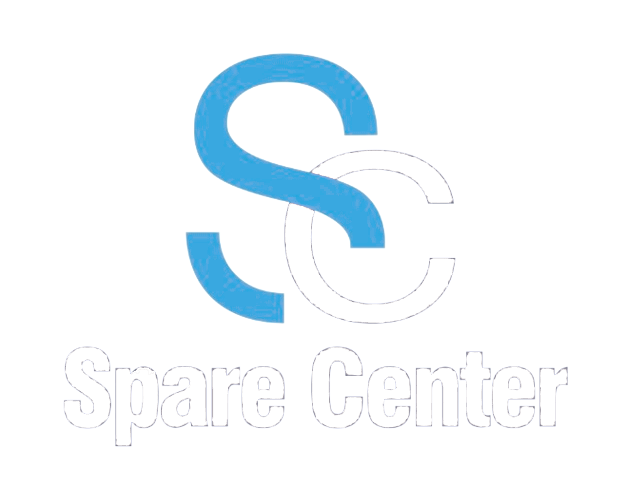PLC Maintenance and Troubleshooting: Key Steps to Ensure System Stability
In modern industrial automation, PLCs (Programmable Logic Controllers) are indispensable core components. To ensure the continuity of the production process and the stable operation of the system,
PLC maintenance and troubleshooting are crucial. Here are some key steps and best practices to ensure the stable operation of PLC systems.
1. Regular Inspection and Maintenance
Regular Inspection: Develop a regular inspection plan to ensure that all components of the PLC system are functioning properly. Focus on checking power supplies, I/O modules, communication modules, and connections.
Cleaning: Regularly clean the PLC control cabinet and surrounding environment to prevent dust and debris accumulation, which could cause short circuits or overheating.
Firmware Updates: Keep the PLC firmware up-to-date, utilizing updates provided by the manufacturer to fix known issues and enhance functionality.
2. Backup Programs and Data
Regular Backups: Regularly back up the PLC programs and configuration files. Backups can be stored on secure storage media such as external hard drives or cloud storage.
Version Management: Maintain multiple versions of backups so that in the event of a problem, you can restore to a previous working state.
3. Monitor System Performance
Real-Time Monitoring: Use monitoring software and tools to monitor the PLC's performance and operating status in real-time, promptly identifying and resolving potential issues.
Log Recording: Record system operation logs, including error messages, warnings, and events. Analyzing logs can help identify long-term trends and potential problems.
4. Troubleshooting
Initial Checks: When a fault occurs, first check the status of the power supply, connections, and external devices to ensure basic conditions are normal.
Error Codes: PLCs typically display error codes or warning messages. Refer to the equipment manual or technical support to understand the meaning of the error codes and find solutions.
Module Replacement: If a specific module has issues, try replacing it with a spare of the same model to determine if the problem lies within that particular module.
5. Training and Skill Improvement
Employee Training: Provide regular PLC-related training for operators and maintenance personnel to enhance their skills and knowledge.
Simulated Exercises: Conduct troubleshooting exercises in a simulated environment to help personnel quickly find solutions when actual faults occur.
6. Collaboration with Manufacturers
Technical Support: Maintain contact with PLC manufacturers and use their technical support and service resources to resolve complex issues.
Regular Checkups: Invite technical personnel from the manufacturer for regular checkups and maintenance to ensure the system remains in optimal condition.
7. Preventive Maintenance
Environmental Control: Ensure that the working environment for the PLC system maintains appropriate temperature and humidity levels to avoid extreme conditions that could impact the system.
Power Protection: Install power protection devices, such as UPS (Uninterruptible Power Supply) and surge protectors, to prevent power fluctuations from damaging the PLC.
Conclusion
PLC maintenance and troubleshooting are key steps to ensuring the stable operation of industrial automation systems. Through regular inspection, backups, monitoring, , training
and skill improvement, collaboration with manufacturers, and preventive maintenance, downtime can be effectively reduced, and production efficiency can be increased. Developing detailed
maintenance plans and emergency procedures ensures that the system can quickly return to normal operation when problems occur, thereby maintaining the continuity and stability of the production line.
Welcome to contact Sparecenter to solve your problem.
PLC Maintenance Troubleshooting System Stability Preventive Maintenance Regular Inspection
PLC Maintenance Troubleshooting System Stability Preventive Maintenance Regular Inspection
PLC Maintenance Troubleshooting System Stability Preventive Maintenance Regular Inspection


